A Celebratory Spectacle: France’s Olympic Games Opening Ceremony Reflecting French’s Heritage
France, renowned for its rich history, culture, and artistry, recently hosted an extraordinary Opening Ceremony for the Olympic Games that magnificently celebrated both French culture and the global spirit of the Games. This event seamlessly blended historical grandeur with modern festivities, showcasing the remarkable achievements of women and the diverse heritage of France.
From the iconic Joan of Arc to modern trailblazers like Simone Veil, the event highlighted the indomitable spirit of French women through various artistic mediums. Reflecting the sentiment of French poet Louise Labé, who once said, “Love’s night is longer than its day,” the celebration extended into the night, honoring the enduring strength and resilience of women throughout history.

A Grand River Parade
The celebration began with a striking scene on the Seine River, where a boat, humorously styled as a power boat, carried children alongside a hooded figure. As they passed beneath the Pont d’Austerlitz, the bridge erupted in a smoky display of the French flag’s colors—bleu, blanc, rouge. Perched above, the famous French accordionist Félicien Brut, wings adorned, added a touch of whimsy. The parade of boats followed, starting with Greece, then the Refugees’ team, and proceeding alphabetically with France as the final entry and the 2028 host country, the USA, second to last. Spectators lined the riverbanks and balconies, soaking in the pre-rain festivities.
Athletic Elegance in Enchanted Gardens
Set amidst lush, meticulously maintained gardens, modern sports events took on an almost surreal quality. Athletes competed not in traditional stadiums but surrounded by intricate topiary, adding an unexpected twist to their feats of strength and agility. This juxtaposition of nature and sport created a unique spectacle that was both visually stunning and deeply symbolic.
Renowned landscape artist Jean-Baptiste Le Nôtre, famous for his work at Versailles, might have appreciated this harmony between nature and human endeavor. This setting underscored how sports can transcend conventional boundaries, fostering a deeper connection between the environment and human athleticism.
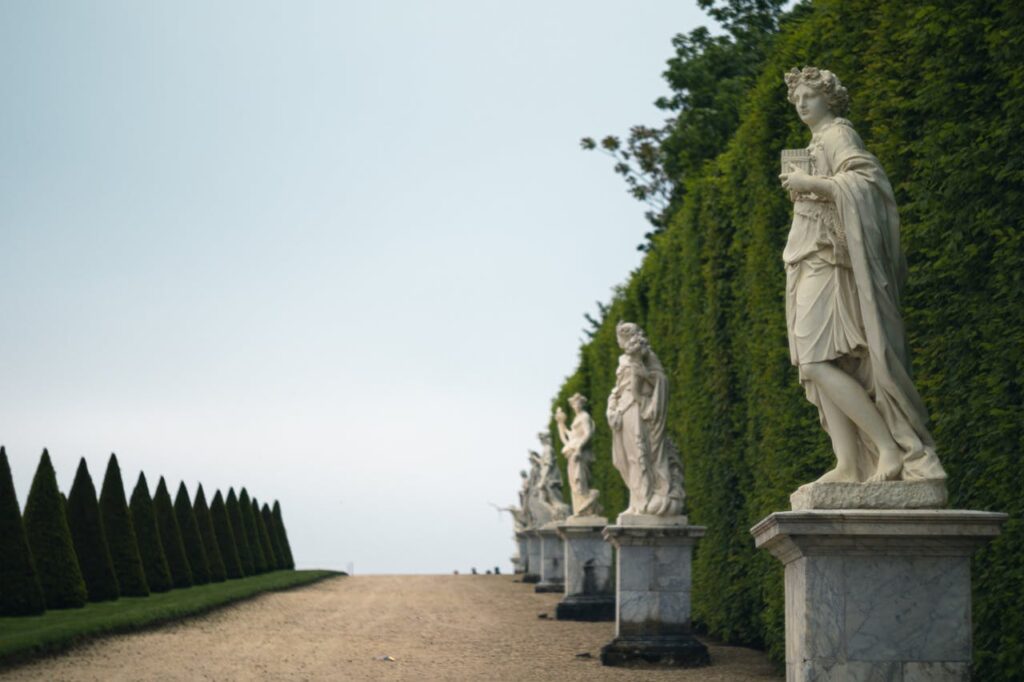
La Vie en Rose with Lady Gaga
On the tip of the Ile Saint-Louis, Lady Gaga captivated audiences with a traditional French cabaret performance, filmed earlier to avoid ruining her feather-laden costume for Zizi Jeanmaire’s “Mon Truc En Plume.” The ceremony continued with a vibrant carnival scene along the Seine, featuring a giant pink rat and a woman adorned with croissants. Dancers from the Moulin Rouge brought their iconic Cancan to life, showcasing their pink costumes designed for the event. This nod to the Moulin Rouge’s controversial past highlighted the evolving nature of French entertainment.
A Fusion of Fashion, Dance, and Drag
The catwalk came alive with a dazzling array of fashion, dance, and drag queens, showcasing a vibrant celebration of diversity and creativity. Designers presented their latest creations, blending traditional French elegance with bold, contemporary statements. Drag queens, with their larger-than-life personas and extravagant costumes, added an extra layer of glamour and defiance.
As Coco Chanel famously said, “Fashion is not something that exists in dresses only. Fashion is in the sky, in the street.” This event embodied that sentiment, proving that fashion is a dynamic, ever-evolving form of self-expression.
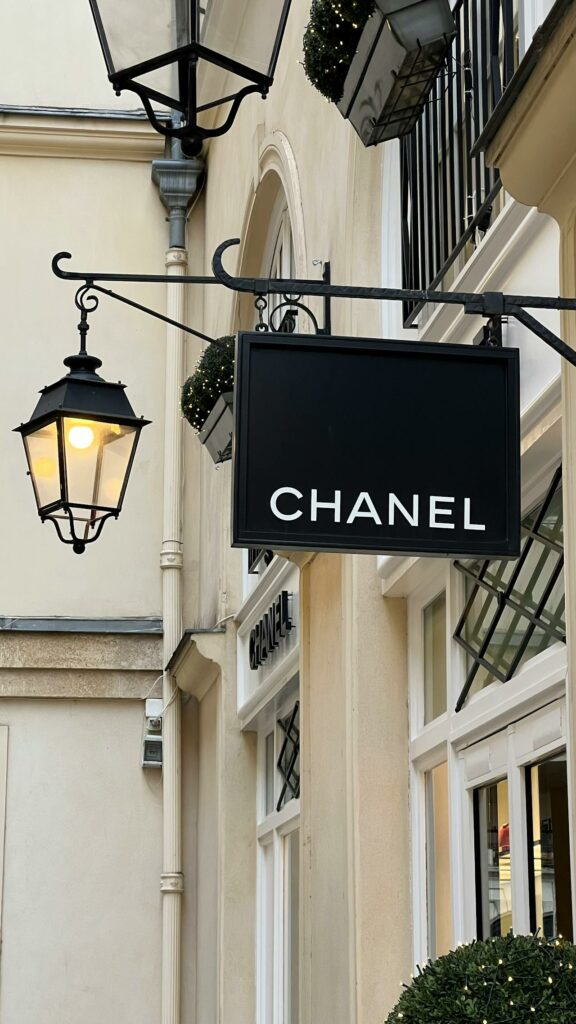
An Artistic Symphony of Fire and Machinery
In a breathtaking fusion of art and engineering, a flaming piano and a mechanical horse captivated audiences. The piano, engulfed in controlled flames, produced hauntingly beautiful melodies, while the mechanical horse, a marvel of modern technology, performed a meticulously choreographed dance. This spectacle was a testament to the limitless possibilities of human creativity.
It echoed the innovative spirit of French inventors like Gustave Eiffel, reminding us that art and technology can come together to create something truly extraordinary.
Rituals at Trocadéro: A Tribute to Tradition
The Trocadéro Stadium, with its historical significance and grandeur, provided the perfect backdrop for the solemn opening ceremony rituals. As the sun set, the atmosphere grew reverent, with attendees paying homage to France’s rich cultural heritage. The ceremony included traditional music, dance, and readings from French literary giants like Victor Hugo and Albert Camus.
This blend of the old and the new, the solemn and the celebratory, set the tone for the event, highlighting the importance of tradition in contemporary society.
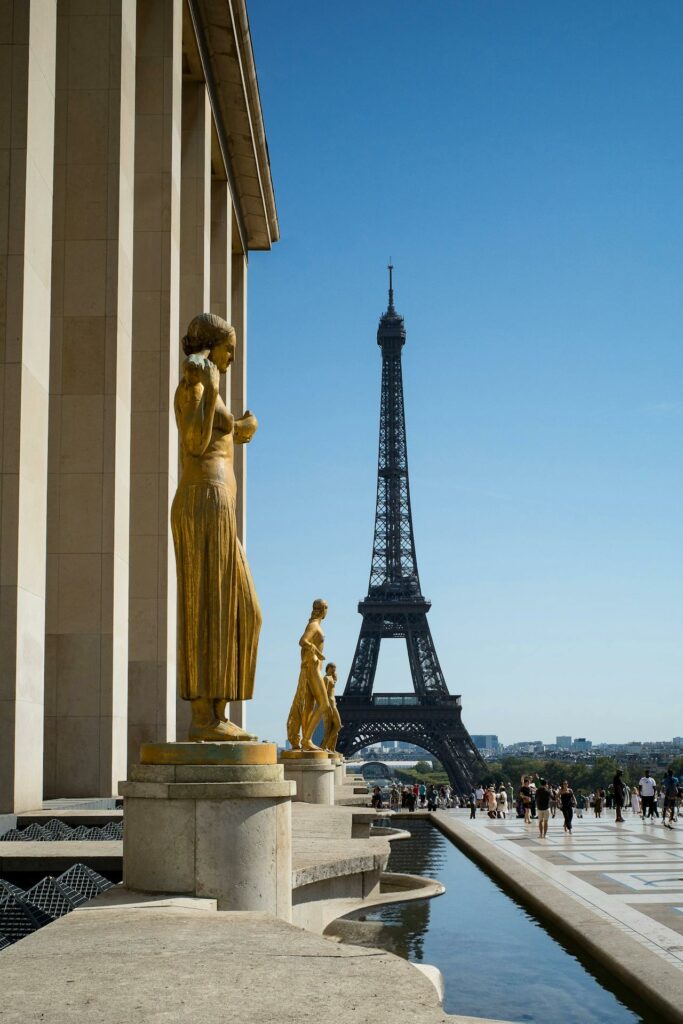
A Journey Through Parisian Legends
The masked torch bearer embarked on an adventurous journey across Paris, ziplining from the Seine to the rooftops, a nod to Arno from Ubisoft’s Assassin’s Creed. This sequence paid homage to French literary legends such as Arsène Lupin and the Phantom of the Opera, though the torch bearer’s identity remained a mystery.
Restoration and Reverence
The ceremony honored the restoration of Notre Dame Cathedral, still under reconstruction after the 2019 fire. The bells rang out as 500 live dancers performed in and around the Seine, their movements synchronized with the golden backdrop. A figure atop the restored Notre Dame’s spire, representing Quasimodo, was later revealed to be the artistic director Thomas Jolly. This tribute connected to Viollet-le-Duc’s renovation of Notre Dame in the late 19th century. Nearby, Guillaume Diop, the étoile ballet dancer of the Opéra de Paris, danced atop the Hôtel de Ville.
Liberté, Egalité, Fraternité
The “Liberté” segment featured the torch bearer in the Théâtre du Châtelet, intersecting with a rehearsal for Les Misérables. The scene transitioned to La Conciergerie, depicting revolutionary themes with theatrical renditions of beheaded queens. French metal band Gojira performed a powerful version of “Ah! Ca ira!” as a boat styled like the Parisian coat of arms appeared, adding to the revolutionary fervor.
The “Egalité” segment highlighted the clash and harmony of French culture, with Aya Nakamura performing amidst a stunning display of fireworks and dancing on the Pont des Arts. Her performance, merging French and Malian influences, symbolized the unity of diverse musical traditions.
In the “Fraternité” segment, the torch bearer ventured into the Louvre Museum, interacting with iconic artworks. The ceremony journeyed through French cinematic history, referencing early films and fantastical works by Méliès, Saint-Exupéry, and Boulle. A whimsical twist revealed the Mona Lisa’s thief as the Minions, adding a playful conclusion to this cinematic exploration.
The Grand Finale: A Spectacular Conclusion
The grand finale was a showstopper that left the audience in awe. Featuring a mix of acrobatics, pyrotechnics, and live music, the final act was a fitting conclusion to an unforgettable event. The energy was palpable, with performers pushing the boundaries of what is possible, much like the revolutionary artists and thinkers who have defined French culture.
Wisdom for Critics: Theodore Roosevelt’s Timeless Advice
As the event drew to a close, it seemed fitting to reflect on the words of Theodore Roosevelt, who famously said, “It is not the critic who counts; not the man who points out how the strong man stumbles, or where the doer of deeds could have done them better. The credit belongs to the man who is actually in the arena.” This quote served as a reminder that the true value lies in participation and effort, not in idle critique. The event was a testament to the courage, creativity, and dedication of all involved, honoring France’s legacy while paving the way for a vibrant future.
French Culture Celebrated
This event showcased various facets of French culture, from the historical and literary significance of figures like Joan of Arc, Simone Veil, Victor Hugo, and Albert Camus to the artistic brilliance seen in fashion, dance, and innovative performances. Iconic venues like the Trocadéro Stadium and gardens reminiscent of Versailles highlighted France’s rich architectural and landscape heritage. The inclusion of drag queens and modern sports in unconventional settings underscored the country’s progressive and inclusive spirit, celebrating diversity and freedom of expression. Through a harmonious blend of tradition and modernity, the event captured the essence of French culture, reflecting its enduring influence and vibrant evolution.
Further Reading and Resources
For more insights and event highlights, visit the official websites of Stade de France, Moulin Rouge, and Bibliothèque nationale de France. These resources provide additional context and detail about the venues and cultural elements featured in this spectacular event.
Header Photo Credit: Hert Niks https://www.pexels.com/photo/olympic-rings-against-the-background-of-clear-blue-sky-24286126/



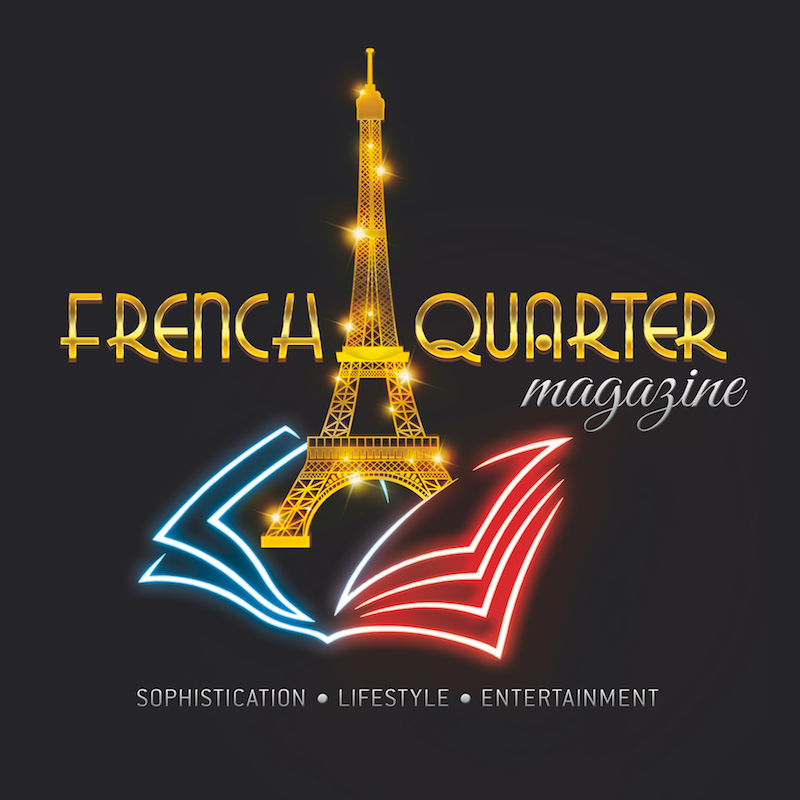
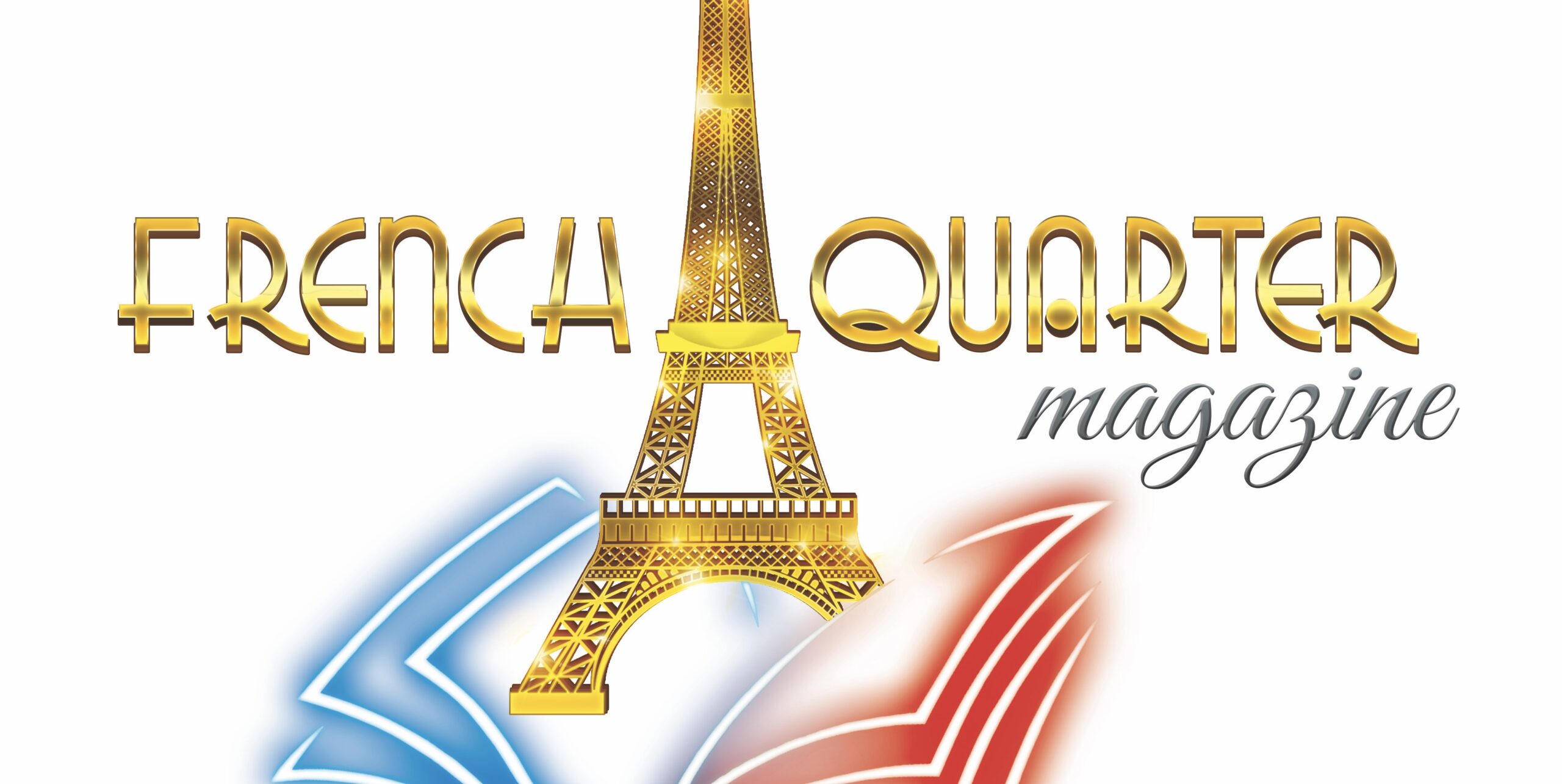

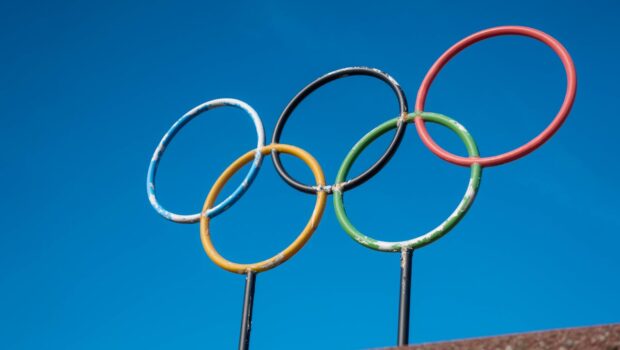








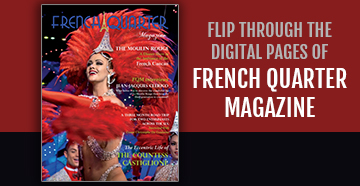





Fantastic read! This article does an excellent job of breaking down what smart homes are and how they’re transforming modern…